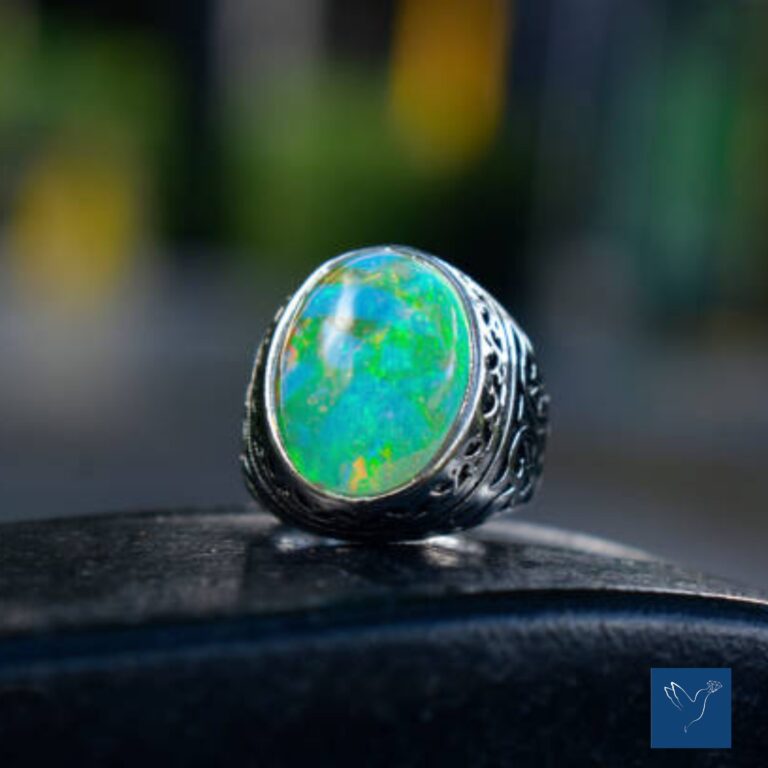
Corteiz and Kapital exist on opposite ends of the fashion spectrum, yet both command immense respect for their originality and purpose. Corteiz, a London-based streetwear label, thrives on cultural momentum and grassroots rebellion. Kapital, based in Japan, is revered for its meticulous craftsmanship and deep-rooted heritage. Their contrasting origins, aesthetics, and ideologies fuel entirely different types of devotion from fans. This article unpacks the core of each brand, analyzing their differences and overlaps across aesthetics, influence, philosophy, pricing, and production—offering a detailed comparison of what makes Corteiz and Kapital stand out in today’s fashion landscape.
The Roots: Origins and Evolution
Corteiz was founded in the 2010s by Clint419, initially operating through a private Instagram account and coded drops. Its rise was driven by mystery, community loyalty, and a clear anti-establishment energy. The brand was designed to serve the underground, often flipping the bird to mainstream fashion systems. Kapital, established in 1984 in Okayama, was the product of Toshikiyo Hirata’s obsession with vintage Americana. His son Kiro later took the reins, turning Kapital into a brand that blurred art and fashion. While Corteiz thrives in a digital-first, hype-heavy environment, Kapital has evolved through generational craftsmanship and global underground admiration.
Design Ethos and Signature Aesthetics
Corteiz pieces are bold, direct, and rooted in street culture, often featuring militaristic motifs, cryptic slogans, and aggressive design elements. The clothing functions as a visual protest, a symbol of unity for those outside the fashion establishment. Kapital, on the other hand, is deeply experimental. Its designs often combine hand-dyed indigo fabrics, patchwork, and mismatched details with surreal, whimsical themes. It’s not unusual for a Kapital jacket to look like a piece of wearable folklore. While Corteiz communicates resistance and assertion, Kapital focuses on storytelling and emotion, fusing East and West to form an abstract, deeply personal aesthetic.
Cultural Connection and Target Audience
Corteiz resonates with a generation raised on social media, grime, drill, and protest culture. Its audience is predominantly young, highly online, and hungry for exclusivity that reflects their identity. The brand’s coded drops and surprise events foster an “in-the-know” community. Kapital appeals to a different demographic—older, more artisanal-minded fashion enthusiasts, collectors, and creatives who value process over popularity. Its clothing isn’t necessarily seasonal or trend-aligned; it’s designed for longevity and emotional connection. Both brands speak to subcultures, but Corteiz courts hype while Kapital attracts those chasing the obscure, unique, and beautifully imperfect.
Approach to Scarcity and Hype
Scarcity is central to Corteiz’s appeal. Drops are unpredictable, announced last minute, and often accompanied by physical challenges to obtain the products, such as location-based events or limited entry codes. This approach fuels hype and exclusivity. Kapital also maintains scarcity, but for a different reason—its pieces are made in small runs using slow production techniques. The brand doesn’t rely on hype tactics, instead letting craftsmanship limit output naturally. Where Corteiz creates urgency through spectacle, Kapital earns rarity through integrity. Both brands know the value of limited access but achieve it with entirely opposite strategies.
Materials, Construction, and Craftsmanship
Corteiz, while high-quality by streetwear standards, is not focused on artisanal production. The emphasis lies in message and design rather than construction details or fabric innovation. The brand’s appeal is rooted more in identity than tactile excellence. Kapital, conversely, prides itself on craftsmanship, often using handwoven cottons, natural dyes, and experimental textile techniques like boro and sashiko. Each Kapital garment is a labor of love, often taking weeks or months to complete. While Corteiz clothes make a statement the moment they drop, Kapital pieces mature over time—aging, fading, and evolving with their wearer.
Retail and Distribution Models
Corteiz has disrupted traditional retail by rejecting it outright. The brand doesn’t stock in stores or even maintain a traditional e-commerce platform. Instead, it relies on social media, coded links, and spontaneous drops. This method builds anticipation and rewards community engagement. Kapital follows a more conventional retail strategy, selling through curated boutiques and its own stores across Japan. The brand’s presence in global concept stores also allows it to reach a niche but widespread audience. Corteiz is intimate and immediate, while Kapital is curated and measured. Each model reinforces the brand’s personality and pace.
Marketing and Brand Voice
Corteiz speaks directly to its audience through gritty visuals, social commentary, and defiance. The marketing is fast-paced, fueled by viral content and real-world stunts. It functions more like a social movement than a traditional brand. Kapital barely markets at all. Instead, its garments are the message, telling stories through every patch, thread, and dye. Its voice is quieter, often surreal, and deeply artistic. Corteiz is loud and confrontational, forcing its way into the fashion narrative. Kapital is poetic and introspective, inviting viewers to explore rather than demand attention. Both voices are powerful, just tuned to different frequencies.
Collaborations and Cultural Moments
Corteiz made international headlines with its Nike collaboration, merging its underground status with a global sneaker giant while staying true to its roots. It was a rare moment where subculture collided with commercial power in an authentic way. Kapital rarely collaborates, and when it does, it’s often with obscure artists or niche retailers that align with its values. These collaborations feel organic and experimental rather than strategic. Corteiz uses collaborations to amplify its message and reach, while Kapital approaches them as extensions of its creative world. The contrast highlights how each brand defines cultural impact.
Price and Value Perception
Corteiz items are affordably priced at retail, designed for access within their target audience. However, scarcity often drives resale prices up significantly. Buyers value the brand for what it represents socially, not just for material worth. Kapital garments are expensive at retail, with prices reflecting the handmade nature, material quality, and artistry involved. Kapital’s value is in the garment itself—its uniqueness, construction, and timeless appeal. Corteiz appeals to those seeking symbolic value and belonging, while Kapital resonates with buyers who value process, detail, and individuality. Both are considered luxury, but in very different ways.
Legacy and Longevity
Corteiz is still young but has already made a major cultural impact in streetwear and youth identity. Its long-term legacy will depend on how it evolves without compromising its core values. Kapital, with over 30 years in the industry, has already proven its staying power. It’s not just a fashion brand, but a design institution that challenges fast fashion with slow, deliberate creation. Corteiz is building a legacy around community and disruption. Kapital has established one built on craftsmanship and innovation. Both have already made history in their own right—and both still have chapters left to write.
Final Thoughts: Two Icons, Two Realities
In the end, Corteiz and Kapital are not competing brands—they are different expressions of what fashion can be. Corteiz channels the urgency and energy of youth, creating a living, breathing brand that acts as a cultural mirror. Kapital is a quiet masterpiece, a brand that values imperfection, time, and story over momentary attention. Choosing between them is less about style and more about philosophy. Do you want your clothing to shout or to whisper? To demand attention or to slowly reveal its depth? With Corteiz and Kapital, fashion fans don’t just buy clothes—they buy into a world.





